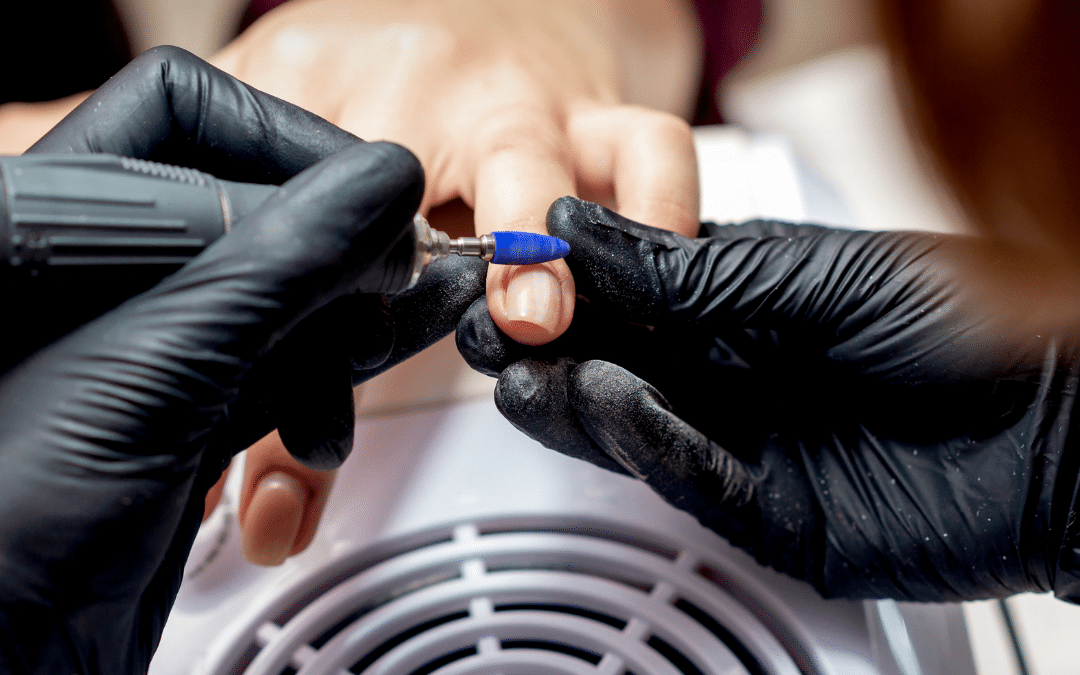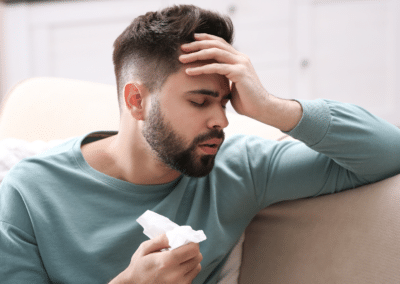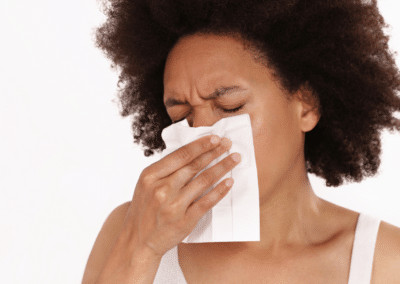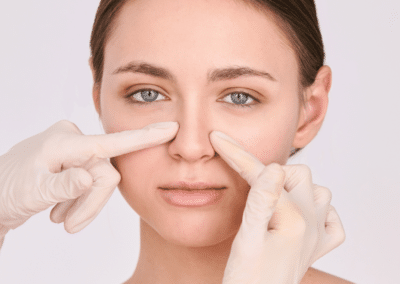Nail Salon employees face adverse health risks every day – whether they’re aware of it or not! While it’s common practice nowadays for nail salons to mitigate risks against hazardous chemicals in their products, there is an abundance of other harmful particles that rarely get the attention they deserve. Instead of glossing over this subject, let’s nail down a polished case study on common nail salon health risks.
Nail & Acrylic Dust
For employees working on manicures all day, nail and acrylic dust will settle on surfaces and get kicked up in the air whenever it’s disturbed. This fine nail dust can get into the nose, eyes, and lungs of both customers and employees, causing irritating hypersensitive allergic reactions. A variety of microbial and fungal ingredients and found in this dust, such as:
- Acrylics (artificial nails)
- Microorganisms (fungi, dermatophytes, saprophytes, etc.)
- Keratin, Keratin hydrolysates (the protein that nails & hair are made of)
- Various harmful chemicals from nail polishes
While the large particles (PM10) can fortunately be stopped by your nasal hairs upon inhalation, the smaller particles (PM2.5) pose a much greater health risk. These microscopic, ultra fine nail dust particles stay floating in the air longer and can’t be stopped by nasal hair. These dangerous particles can end up in your respiratory passage and lead to severe nose and lung irritations. In grave cases, these ultra-fine airborne particles can pass through the lung tissue and enter the bloodstream.
Long-term exposure to nail dust can result in itching, inflammation, tearing, and conjunctivitis. The inside of the nose, in particular, is highly susceptible to nail dust resulting in itching, sneezing, difficulty breathing, and even rhinitis. The effects of nail dust exposure can lead to lifelong issues including asthma and allergic hypersensitivity, which is an irreversible allergic reaction that triggers when you inhale nail dust.
Additional Airborne Hazards
According to OSHA (Occupational Safety and Health Administration), there are several other biological hazards to consider when working for a nail salon. Considering all the liquid chemicals that go unused for months, if not years, biological hazards including fungi and bacteria are realistic risks to consider.
An employee is giving a manicure or pedicure can be exposed to many additional potentially harmful airborne particles when dealing with people on a daily basis. Infectious agents such as viruses, Hepatitis B, Hepatitis C, and HIV can all be transmitted if an employee comes into contact with infected blood from a client. Employees can also be exposed to fungal infections of the nails and feet if these these harmful particles are breathed in.
Long-Term Effects
The 2015 New York Times article, Perfect Nails, Poisoned Workers, details the harmful effects employees face working at nail salons. The article powerfully states:
“Stories of illness and tragedy abound at nail salons across the country . . . of miscarriages and cancers, of coughs that will not go away and painful skin afflictions. The stories have become so common that older manicurists warn women of child-bearing age away from the business, with its potent brew of polishes, solvents, hardeners and glues that nail workers handle daily.”
-Sarah Maslin Nir
An unfortunate reality for nail salon workers is a correlation between miscarriages and inhaling nail salon particles that scientists are still trying to figure out. Additionally, from the same article, an employee named Ms. Le recalls her husband stating that her breath smelt of solvent and plastic dust when she would kiss him after work. These observations are alarming and should be more widely discussed by the 54,000 ail salons nationwide.
How to Stay Protected from Nail Dust
There are a few things nail salon employees can do to stay protected:
- Wear gloves
- Wear a mask covering the nose and mouth
- Wear O2 Nose Filters under your mask
- Avoid touching blood or visible rashes when treating clients
- Clean and disinfect tools after each use
A simple and convenient way to stay protected from aerosols and dust is with O2 Nose Filters under your mask. This additional layer of protection captures 65% of particles PM2.5 or larger, 90% of particles PM10 or larger, and the effectiveness rapidly approaches 100% above PM10 – making them a discreet and effective way to protect yourself against nail and acrylic dust.
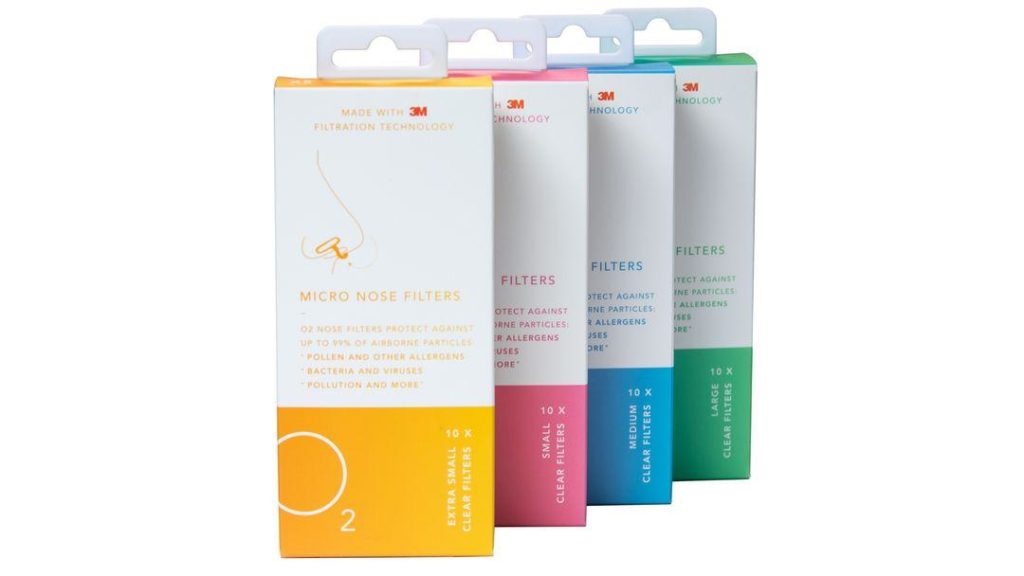
BLOCK IT OR BREATHE IT
Click here for a FREE (+S&H) sample pack to see which size works best for you!
